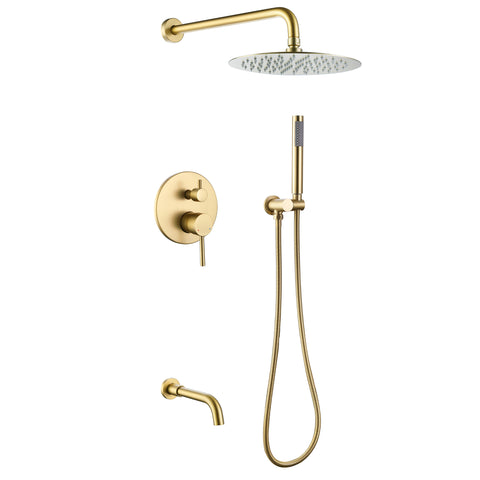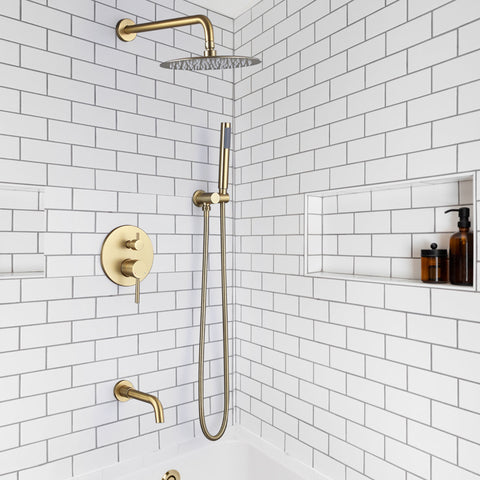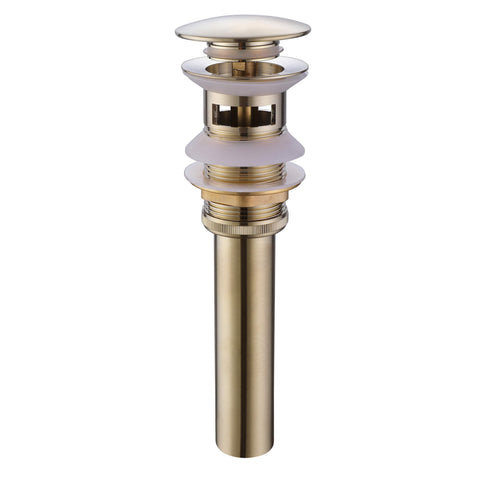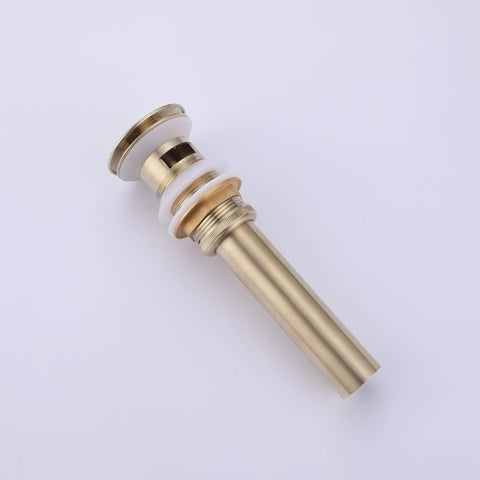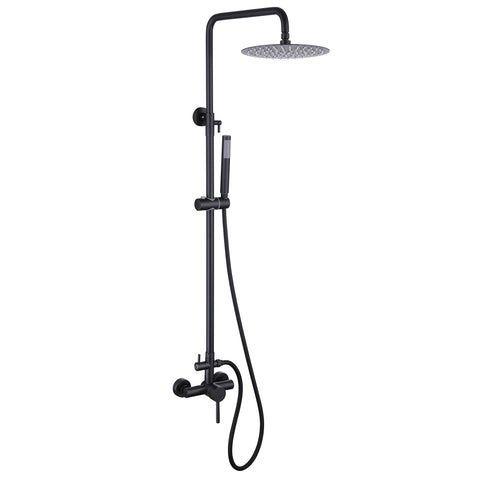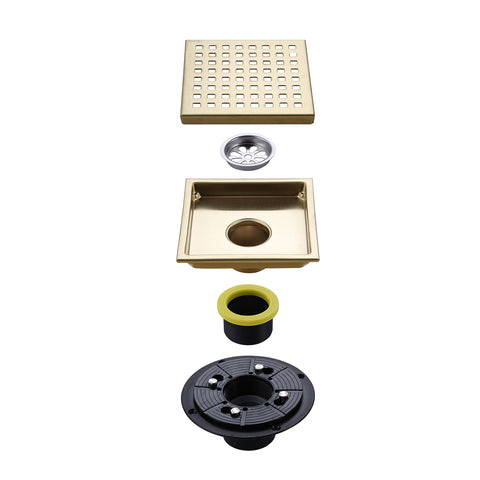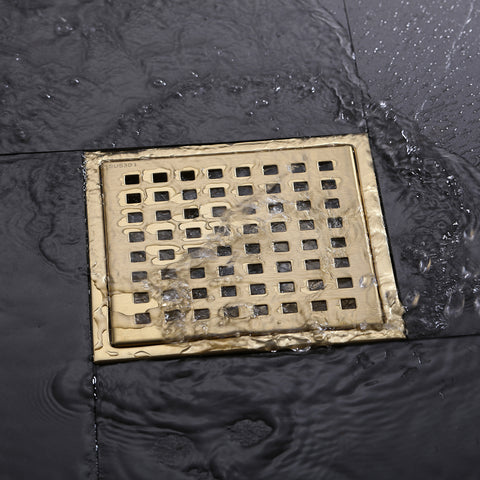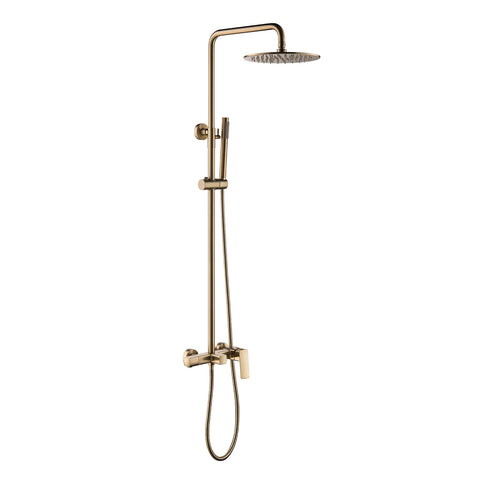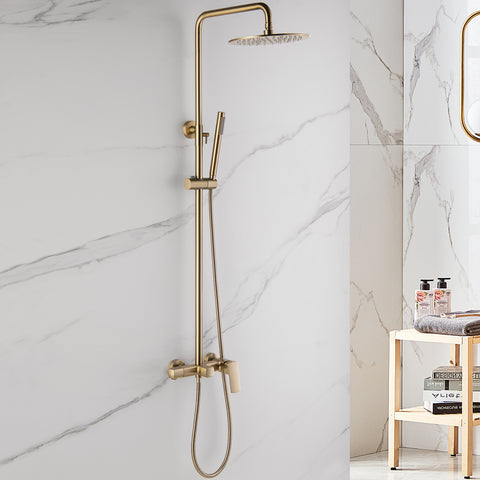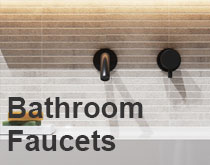How to Remove the Flow Restrictor from a Shower Head?
Is your shower water pressure too low? If your relaxing shower feels more like a gentle drizzle, there’s a good chance your shower head has a flow restrictor installed. These small inserts are designed to reduce water flow to save energy and water — but sometimes, they make the experience less enjoyable.
Luckily, removing a flow restrictor is a simple DIY project that can significantly improve your shower performance. Here’s how to do it safely and easily at home.
What Is a Flow Restrictor?
A flow restrictor is a small plastic disc, usually located inside the shower head, that limits the amount of water passing through. While it helps conserve water, it can also lower water pressure — especially in homes where the water pressure is already weak.

A Quick Word Before We Begin
Important: Flow restrictors are mandated in many regions to help conserve water and energy. Removing one may violate local plumbing codes or void your shower head’s warranty. Make sure to check regulations in your area before proceeding.
Tools You’ll Need:
- Adjustable wrench or pliers
- Old towel or rag (to protect finishes)
- Flathead screwdriver or needle-nose pliers
- Teflon tape (optional, for reinstallation)
- Paper clip (optional for hard-to-reach restrictors)
Step-by-Step Instructions
1. Remove the Shower Head
Use a wrench or pliers to unscrew the shower head from the pipe. Wrap a towel around the shower head to prevent scratches while turning it counterclockwise.
2. Find the Flow Restrictor
Look inside the end of the shower head that connects to the pipe. You’ll see a small plastic piece, often colored (white, blue, green), sometimes behind a metal screen or rubber washer.
3. Remove the Flow Restrictor
Use a screwdriver or pliers to gently remove the screen and the flow restrictor. If it's hard to reach, unfold a paper clip and use it to lift the piece out carefully.
4. Reassemble the Shower Head
Once the restrictor is out, replace any washers or screens. Wrap some Teflon tape around the pipe threads to prevent leaks, then screw the shower head back on securely.
5. Test the Water Flow
Turn on your shower and feel the difference. Enjoy the improved water pressure! If you notice any leaking, tighten the shower head or adjust the Teflon tape.
Is It OK to Remove a Flow Restrictor?
In many homes, yes. But it’s important to know:
- Removing it may increase water and energy usage.
- Some locations have regulations about water-saving fixtures.
- It could void your shower head’s warranty.
- Check your local guidelines before removing it permanently.
Final Thoughts
If you're looking for a quick, low-cost way to improve your shower experience, removing the flow restrictor can be a great solution. It only takes a few minutes and basic tools — and you’ll notice the difference right away.
Want even better results? Pair this with a high-pressure shower head designed for low-flow systems — available right here on our site.
